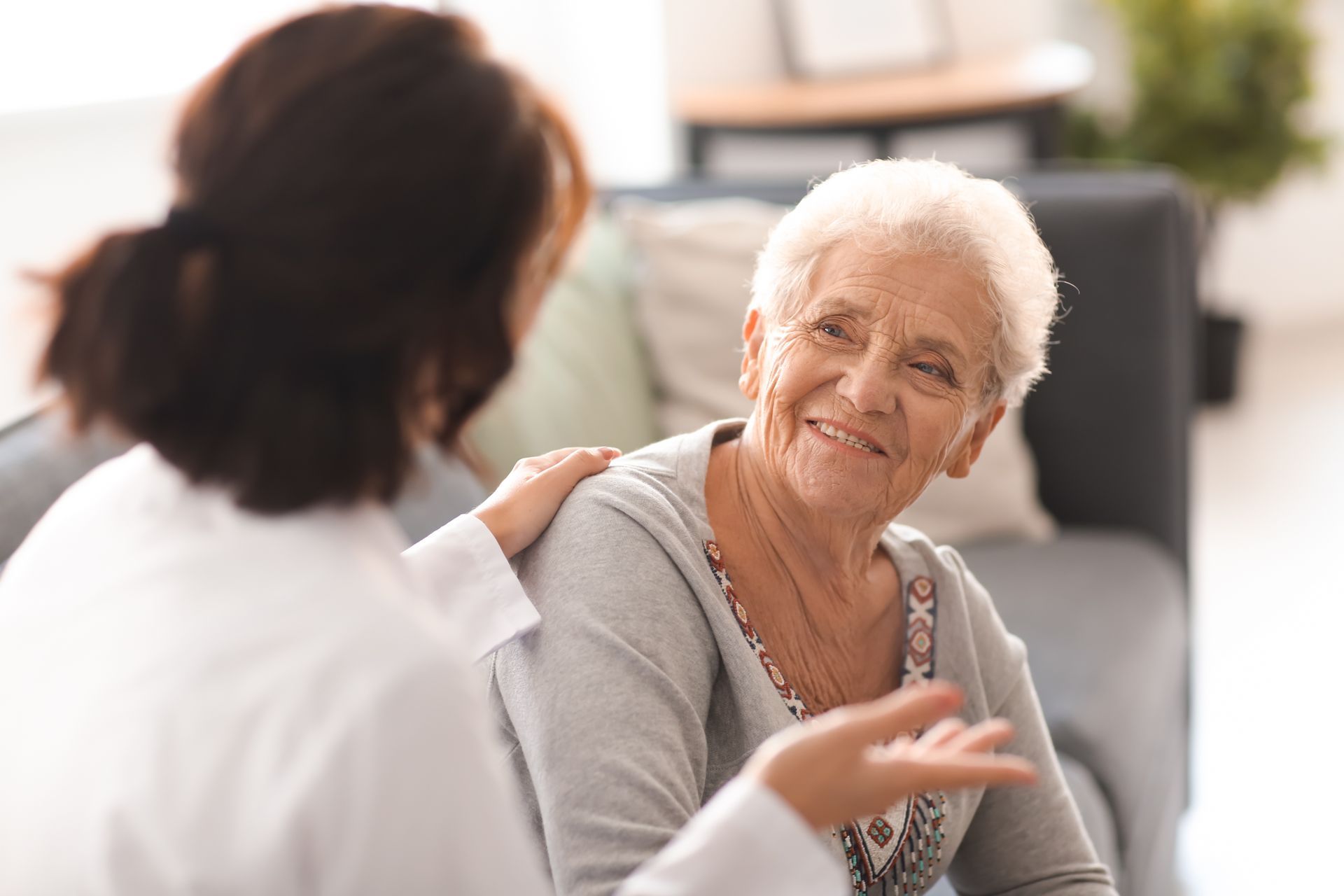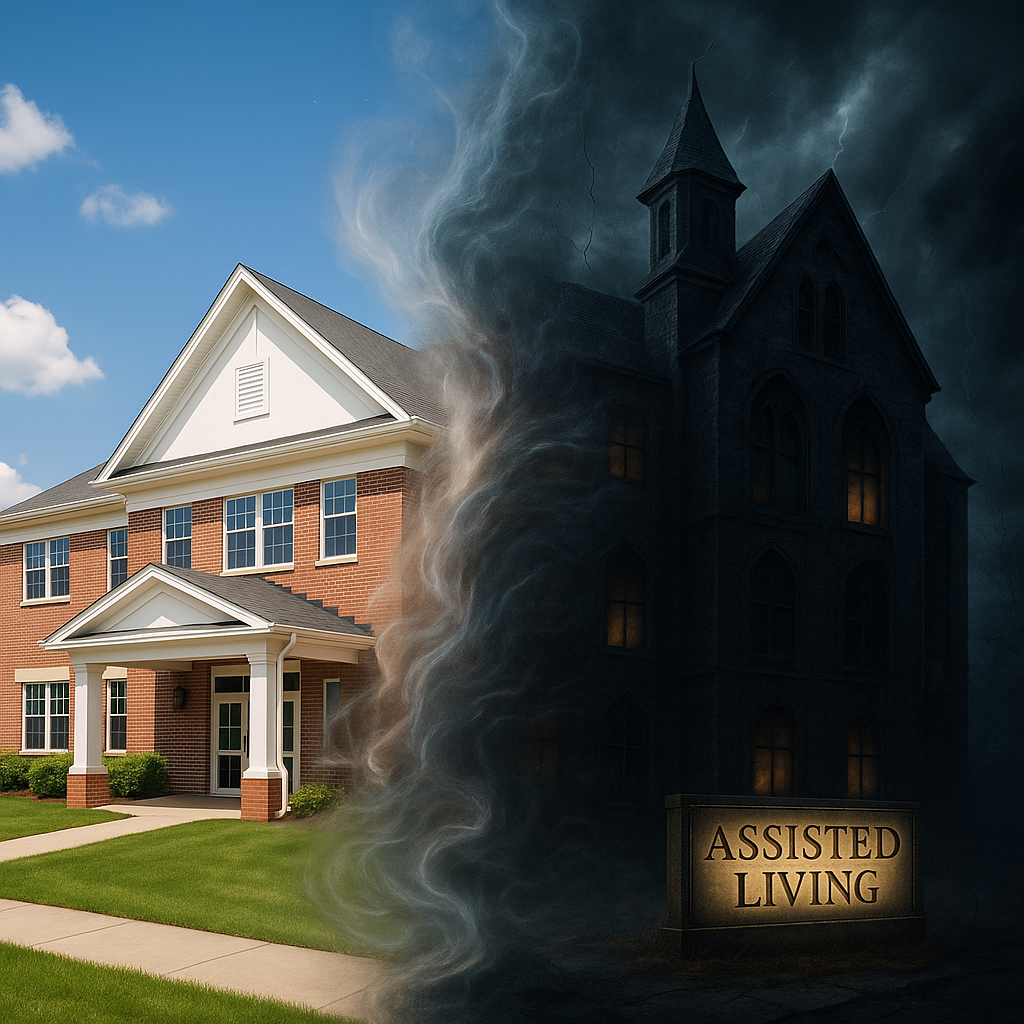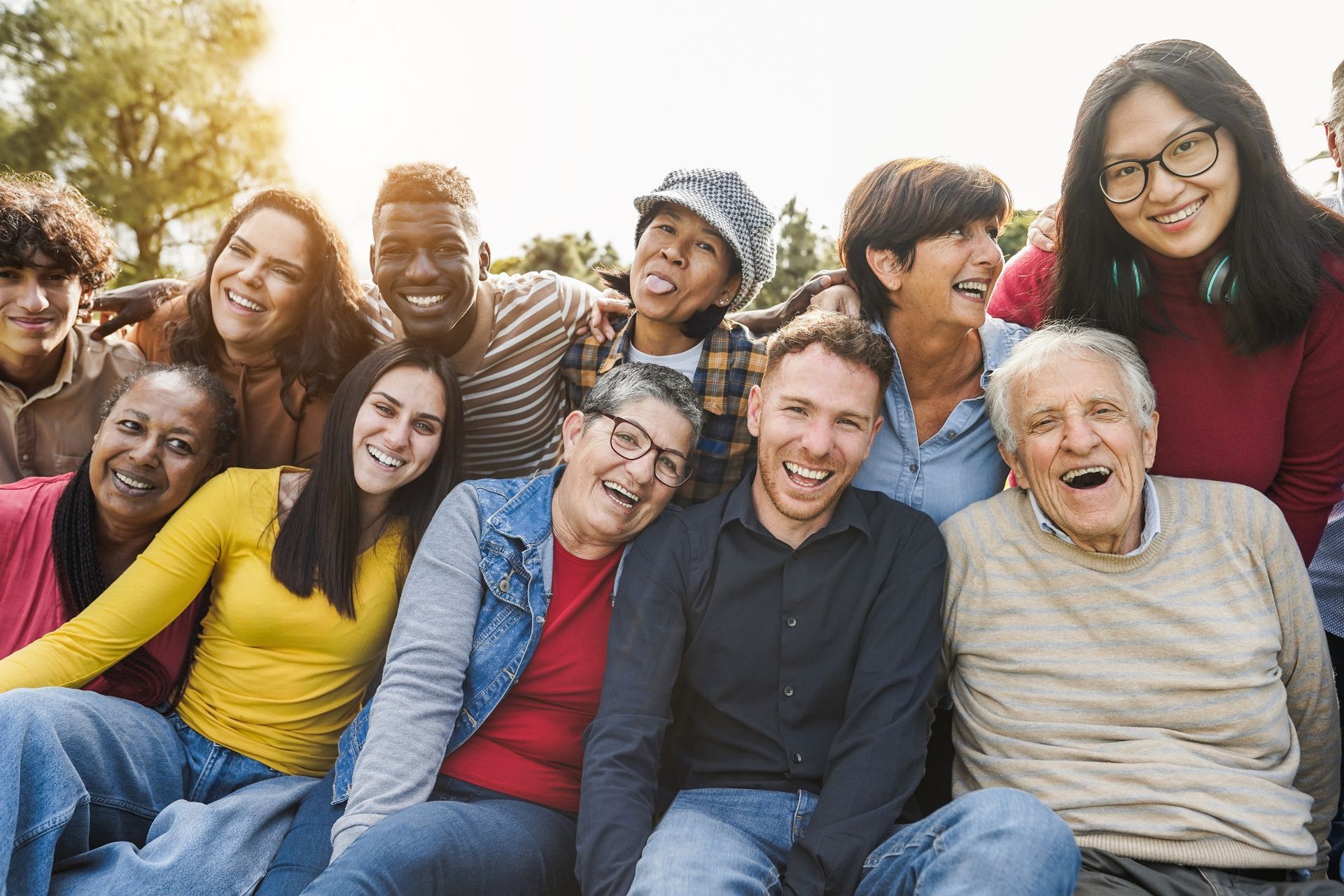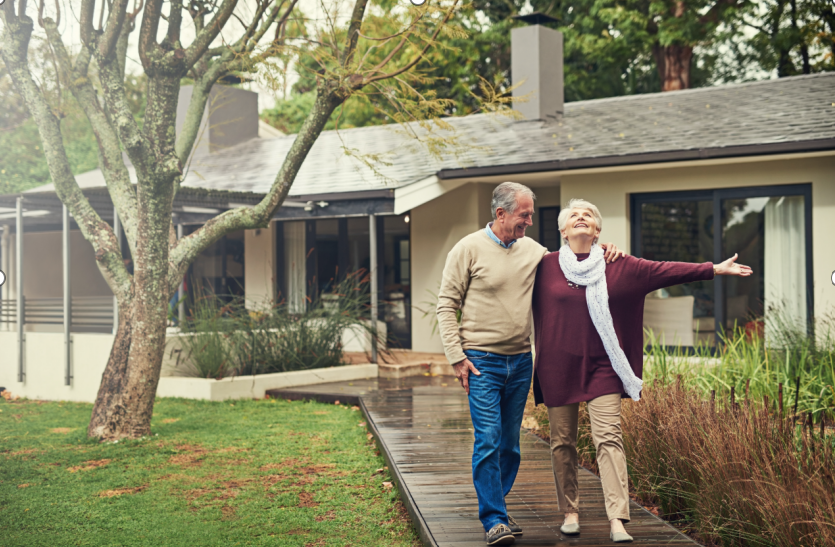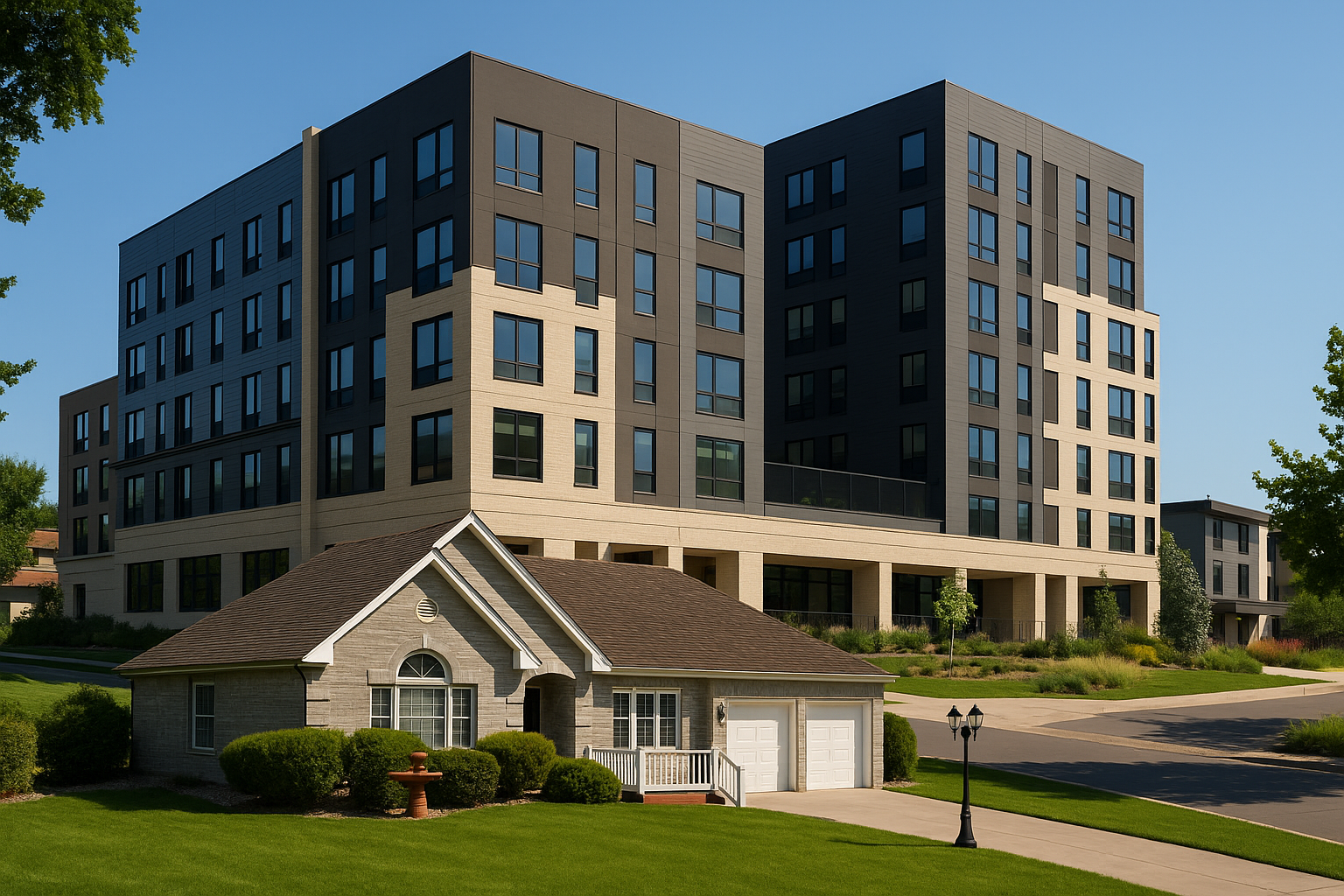BLOG
Navigating the Holidays with Grief: Supporting Seniors Who Have Experienced Loss
The holiday season often evokes feelings of joy, togetherness, and celebration. However, for seniors who have experienced the loss of a loved one, this time can be particularly challenging. Memories of past holidays may intensify grief and loneliness, making it difficult to engage in festivities. Recognizing and addressing these emotions is crucial for the well-being of grieving seniors.
Emotional support during the holidays is essential for seniors coping with loss. Providing a compassionate environment where they can express their feelings helps heal. Understanding the unique challenges grieving seniors face allows caregivers and family members to offer appropriate support.
Understanding Holiday Grief in Seniors
Holiday grief in seniors is a multifaceted experience influenced by personal loss, societal expectations, and seasonal changes. The contrast between festive surroundings and internal sorrow can exacerbate feelings of isolation. Seniors may struggle with participating in traditions that once brought joy but now serve as reminders of their loss. Acknowledging these complexities is the first step in providing adequate support.
Research indicates that nearly 95% of individuals who have experienced loss report at least one symptom of physical or mental distress during the holidays. These symptoms can include depression, anxiety, and sleep disturbances, which may be more pronounced in older adults. Understanding the prevalence of these issues underscores the importance of proactive emotional support. Caregivers should be vigilant in recognizing signs of holiday grief so they can intervene appropriately.
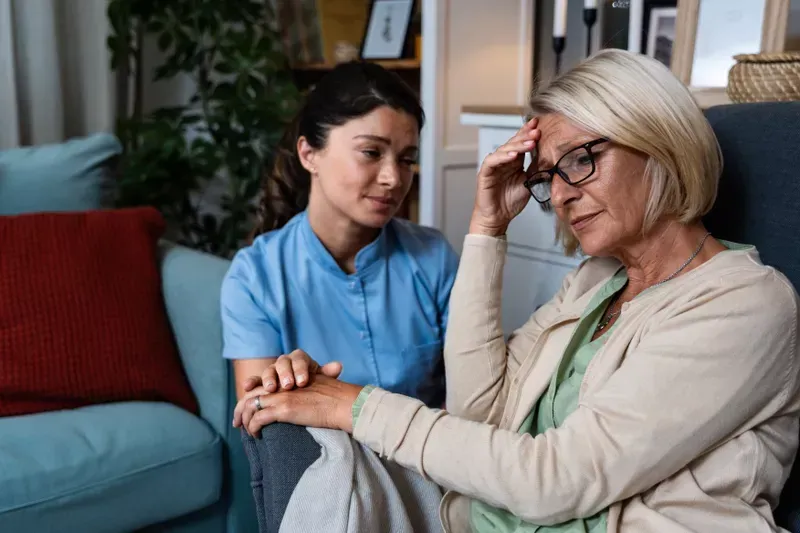
The phenomenon known as the "widowhood effect" highlights the increased risk of mortality among seniors who have lost a spouse, particularly within the first year of bereavement. This risk can be compounded during the holidays, a time traditionally associated with family gatherings and shared experiences. Providing consistent emotional support can mitigate some of the adverse health outcomes associated with grief. Encouraging open conversations about loss can also alleviate feelings of isolation.
It's essential to recognize that grief is a highly individual process, with no set timeline or expression. Seniors may experience waves of emotion that fluctuate throughout the holiday season. Allowing space for these emotions without judgment fosters a supportive environment. Caregivers and family members should prioritize empathy and patience during this time.
Creating Supportive Environments For Holiday Grief
Establishing a supportive environment is crucial for seniors navigating holiday grief. This involves creating spaces where they feel safe to express their emotions without fear of judgment. Encouraging participation in activities that honor their loved ones can provide a sense of connection. Incorporating familiar traditions or creating new ones can also offer comfort.
Assisted living communities can significantly facilitate supportive environments. Organizing group discussions or remembrance events allows residents to share their experiences and find common ground. These communal activities can reduce isolation and promote a sense of belonging. Staff should be trained to recognize signs of grief and provide appropriate interventions.
Physical spaces within assisted living facilities can be adapted to support grieving seniors. Quiet rooms or designated areas for reflection can offer residents a place to process their emotions. Incorporating elements such as soothing music or comforting decor can enhance these spaces. Providing access to counseling services within the facility ensures that residents have the resources they need.
Involving Family and Your Community
Family and community involvement are integral to supporting seniors during the holidays. Open communication between family members and assisted living staff ensures a cohesive approach to care. Sharing information about the senior's preferences and history allows for personalized support. Collaborative planning of holiday activities can enhance the seniors' experience.
Community engagement offers additional avenues for support. Local organizations can partner with assisted living facilities for holiday events or volunteer opportunities. These interactions broaden the senior's network and introduce new experiences to work around holiday grief.
Participating in community events can also create a sense of purpose during a time when many seniors feel disconnected. A study found that over 50% of adults over 50 reported feeling lonely during the holiday season. Encouraging seniors to volunteer or engage in community-based projects helps reduce that isolation. When seniors think they can contribute meaningfully to others' emotional fulfillment, it often increases.
Families can also collaborate with care teams at assisted living communities to create inclusive celebrations. Personalized traditions, favorite meals, or memory displays can transform a difficult time into one of reflection and warmth. These efforts help seniors feel seen and supported without forcing them to participate in events they are not ready for. Joint planning ensures the holiday season feels less daunting and more manageable.
Offering Professional Support and Counseling
Mental health services play a critical role in addressing holiday grief for seniors in assisted living. Access to trained counselors or therapists allows seniors to process their emotions in a guided, supportive environment. Regular sessions can help prevent symptoms of complicated grief from developing into depression. Professional support provides a space where seniors can reflect on their loss without fear of burdening others.

Assisted living communities should ensure grief counseling is readily available and offered as part of ongoing care. A report by the National Institute on Aging highlights that grief can lead to declines in physical health, especially in older adults. Early intervention through counseling reduces the risk of these health complications. Support groups and peer-led discussions also enhance the mental health offerings available to residents.
Grief support does not have to be clinical to be effective. Facilitated group discussions, storytelling circles, or memory-writing workshops offer therapeutic benefits. These settings help normalize grief and reduce feelings of isolation. Hearing others share similar experiences can be reassuring and provide insight into different coping strategies.
Caregivers must receive training to recognize the signs of holiday grief and refer residents to professional resources as needed. Warning signs such as withdrawal, changes in appetite, or persistent sadness should not be overlooked. Compassionate, timely intervention can significantly affect a senior’s recovery. Staff who feel confident and equipped to support grieving residents create a more nurturing living environment.
Compassionate Care Can Help With Holiday Grief
Navigating holiday grief requires more than temporary cheer or distractions. Emotional healing for seniors comes through intentional support, compassionate presence, and meaningful engagement. Thoughtful planning, professional resources, and strong family involvement all contribute to a more balanced and comforting holiday experience. Each act of care helps seniors feel acknowledged, safe, and valued, even in moments of sadness.
Assisted living communities like Assured Senior Living understand the emotional complexity of grief and tailor support accordingly. During the holidays, their holistic approach offers a sense of continuity and compassion to seniors facing loss. Families seeking trusted support for their loved ones can explore how we provide expert care rooted in empathy and dignity. Talk to us today.
